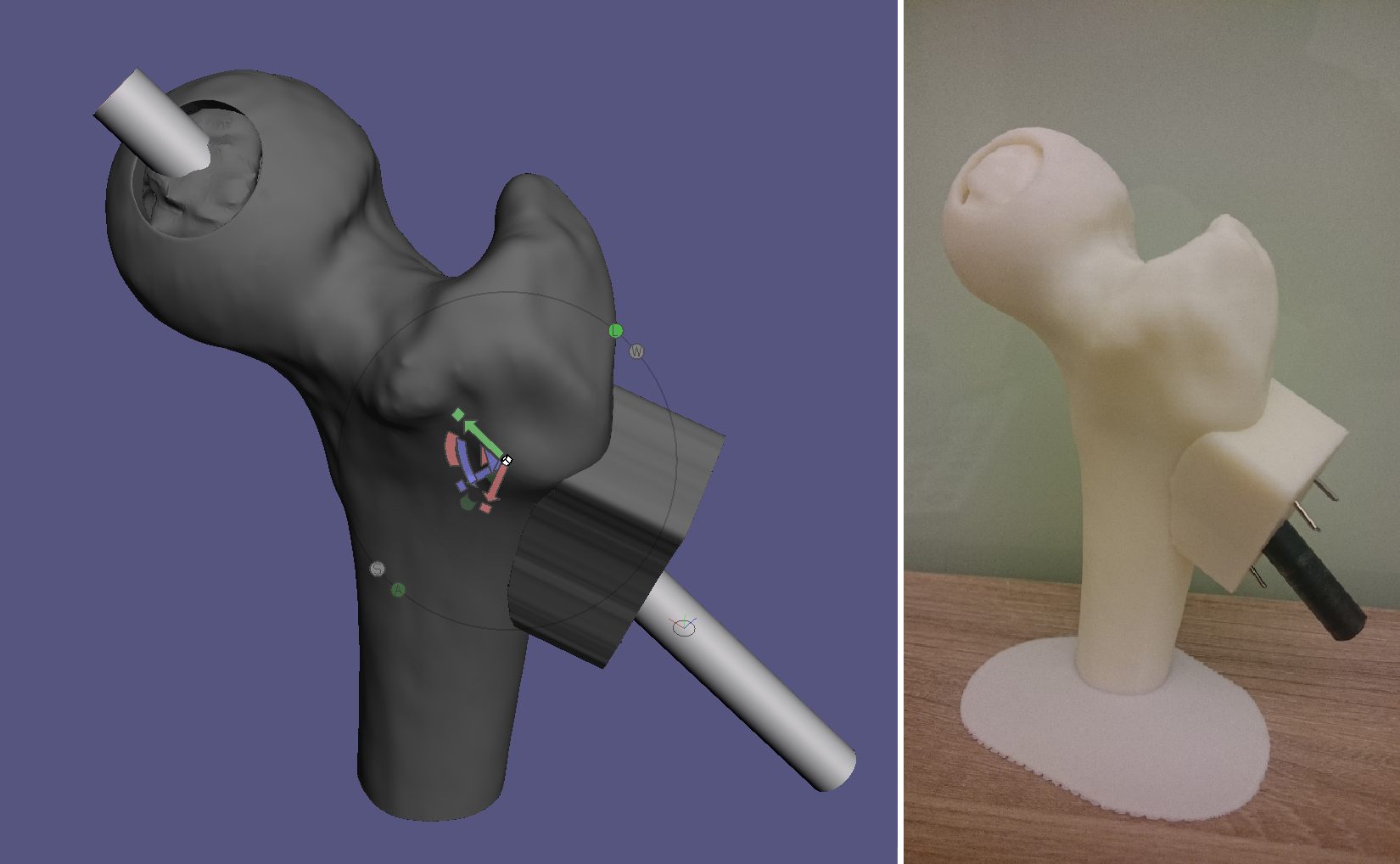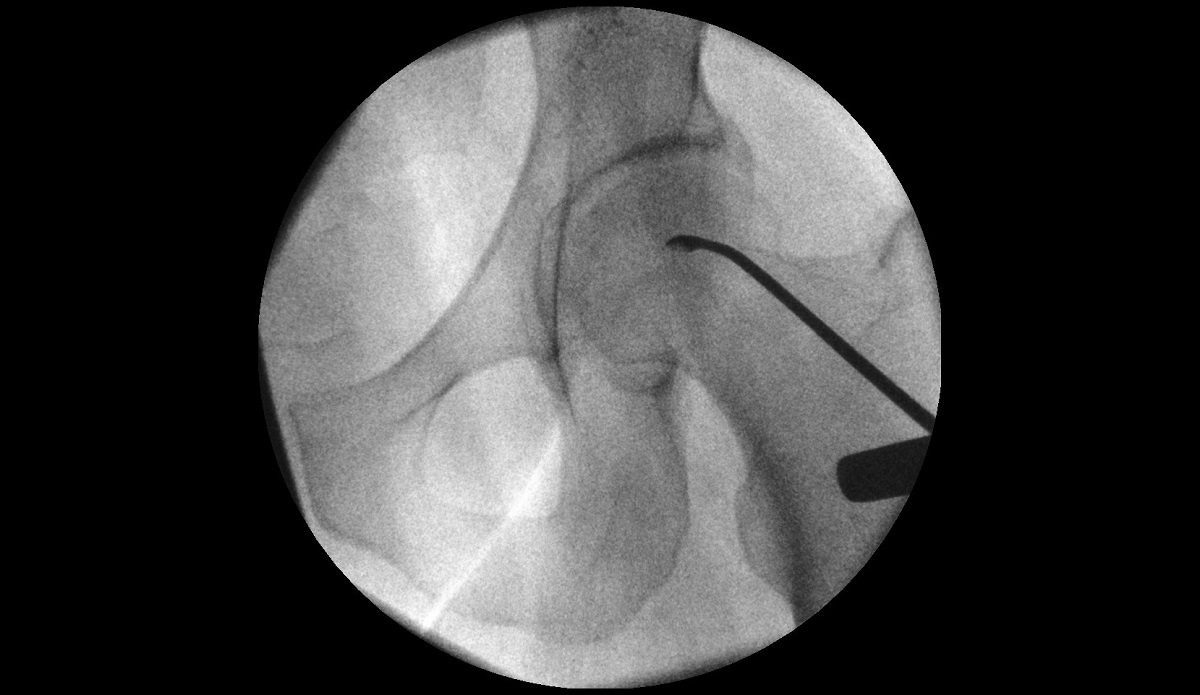OUR POLICY ON COLLECTION AND PROCESSING OF PERSONAL DATA
Your personal data, collected by the website www.drcangemalmaz.com and owned by Assoc.
Prof. Dr. Halil Can Gemalmaz, will be processed in accordance with the Turkish Personal Data
Protection Law No. 6698 and related legislation, as well as within the framework described below
and in compliance with the Turkish Health Services Basic Law No. 3359, Decree-Law No. 663
regarding the Organization and Duties of the Turkish Ministry of Health and its Affiliated
Institutions.
- Methods of Collection and Processing of Personal Data and Its Purpose
Your personal data is obtained through verbal, written, visual, or electronic means, including
but not limited to call centers, websites, verbal, written, and similar channels, to provide
medical diagnosis, treatment, and care services offered by www.drcangemalmaz.com and
Halil Can Gemalmaz, as well as for the planning of healthcare services. Your health data and
personal information, including but not limited to the following, may be processed:
● Identity information: Your name, surname, Identification number,
passport number or temporary T.C. Identification number, place and date of birth, marital
status, gender, insurance or patient protocol number, and other identification data.
● Contact Information: Your address, phone number, email address,
other contact details, and personal data obtained when you communicate with us via email,
letter, or other means.
● Data related to private health insurance and Social Security for
the financing and planning of healthcare services.
● Health Information: Your laboratory results, test results,
examination data, appointment information, prescription information, and any other
health-related personal data.
● Health data and other personal data you submit or enter through www.drcangemalmaz.com and
its content pages and forms.
● Personal data collected from WhatsApp (or similar messaging
applications) or email.
● Personal data collected from social media applications including
promotions and advertisements such as "contact us" or "get information."
All types of personal data collected by www.drcangemalmaz.com (including sensitive
personal data but not limited to them) can be processed for the following purposes:
● Confirming your identity.
● Carrying out medical diagnosis, treatment, and healthcare
services, and planning of healthcare services.
● Sharing requested information with the Turkish Ministry of Health
and other institutions when requested by relevant official queries.
● Informing you about appointments when you make an
appointment.
● Conducting analysis for the improvement of healthcare
services.
● Conducting research.
● Meeting legal and regulatory requirements.
● Sharing requested information with private insurance companies
for financing healthcare services.
● Invoicing for our services.
Your personal data obtained and processed through www.drcangemalmaz.com in
accordance with relevant legislation is protected with utmost care and in full compliance with
legal regulations, through administrative and technical measures in both physical and electronic
environments.
- Transfer of Personal Data
Your personal data may be shared with Assoc. Prof. Dr. Halil Can Gemalmaz and individuals working
in collaboration, private insurance companies, the Turkish Ministry of Health and its affiliated
units, the Turkish General Directorate of Security and other law enforcement agencies, the
General Directorate of Population, the Turkish Pharmacists Association, Courts and all kinds of
judicial authorities, your authorized representatives, lawyers, tax and financial consultants
and auditors, third parties we consult with, regulatory and supervisory institutions, official
authorities, healthcare service partners we collaborate with for the development or execution of
healthcare services as stated above, and other third parties.
- Method of Obtaining Personal Data and Legal Basis
Your personal data is collected and processed through all kinds of verbal, written, visual, or
electronic means for the purposes stated above and to ensure the legal execution of all kinds of
business within the scope of www.drcangemalmaz.com and Assoc. Prof. Dr.
Halil Can Gemalmaz's activity area, and to fully fulfill the contractual and legal obligations.
The legal basis for the collection of your personal data includes these Turkish laws:
● Personal Data Protection Law No. 6698,
● Health Services Basic Law No. 3359,
● Decree-Law No. 663 regarding the Organization and Duties of the
Ministry of Health and its Affiliated Institutions,
● Regulation on Processing and Protection of Personal Health
Data,
● Regulations of the Ministry of Health and other legislation.
Furthermore, as stated in Article 6, Paragraph 3 of the Law, personal data related to health can
be processed without the explicit consent of the individual to conduct medical diagnosis,
treatment and care services, plan and managing healthcare services and financing, and while
keeping it confidential.
- Your Rights Regarding Personal Data Protection
In accordance with the Law and related legislation, you have the right to:
● Learn whether your personal data is being processed,
● Request information if your personal data has been processed,
● Access your personal health data and request this data,
● Learn the purpose of processing your personal data and whether
they are used for this purpose,
● Know the third parties to whom your personal data is transferred
within or outside the country,
● Request correction of your personal data if it is incomplete or
incorrect,
● Request deletion or destruction of your personal data,
● Request notification to third parties to whom your personal data
has been transferred about the correction and/or deletion or destruction of your personal
data,
● Objection to the emergence of a result against you through the
analysis of processed data solely through automated systems.
If you desire to exercise these rights, the relevant information will be notified to you clearly
and understandably, in written or electronic form, through the contact information provided by
you.
- Data Security
www.drcangemalmaz.com and Assoc. Prof. Dr. Halil
Can Gemalmaz protects your personal data in compliance with known information security standards
and procedures, taking all necessary technical measures into account. These security measures
are provided at a level appropriate to the likely risk, considering technological capabilities.
- Complaints and Communication
You can submit your requests within the scope of the Law to:
(i) By sending a signed petition titled “Information Request within the Scope of the Personal
Data Protection Law” to Teşvikiye Mh, Hakkı Yeten Cd. 17/7 Şişli, İstanbul, Turkiye address.
(ii) By sending it through a notary.
(iii) By sending it electronically or with a mobile signature with the title of "Information
Request within the Scope of the Personal Data Protection Law" to the email address
iletisim@drcangemalmaz.com via your electronic email address registered in our system.









